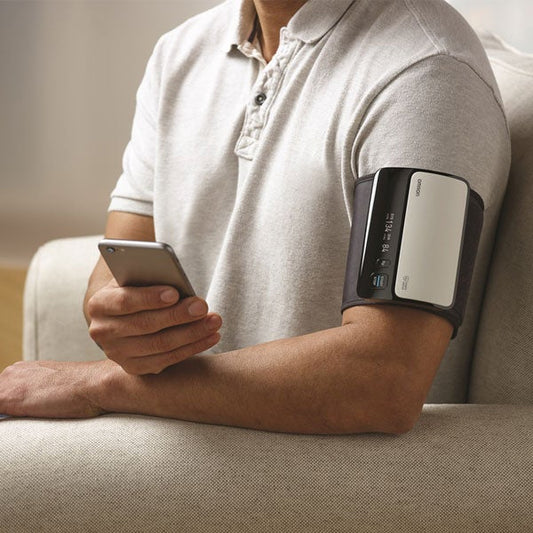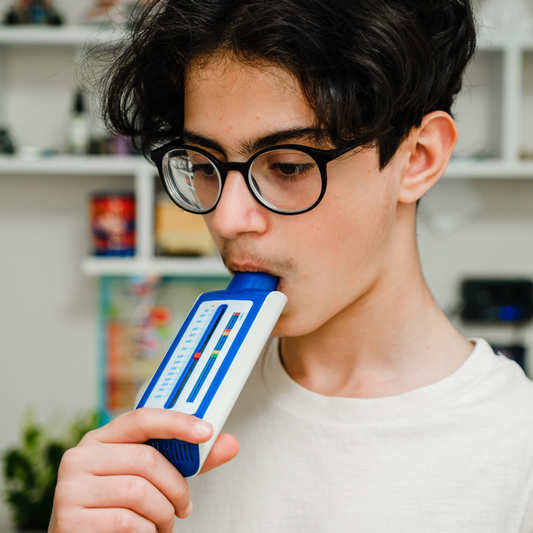Should you use a nebulizer mask or mouthpiece? Figuring out the answer to this question depends on what you are looking for and what your physician recommends. We made it simple to understand the advantages and disadvantages between masks and mouthpieces. Please consult with your physician to determine what would be best for you.
What is a Nebulizer?
According to the United States Food and Drug Administration, a nebulizer is a device intended to spray liquids in aerosol form into gases that are delivered directly to the patient for breathing. Heated, ultrasonic, gas, venturi, and refillable nebulizers are included in this generic type of device. Please note federal law restricts nebulizers to sale by or on the order of a physician.
Mask
The mask covers both your nose and mouth. Some masks may or may not come with a strap to secure around your head. The masks attach to tubing that is connected to a nebulizer for treatment.
- Some masks come with a strap to secure around the head, and allows you to be hands free during treatment.
- May be more comfortable to use for some individuals.
- May be uncomfortable to use for some individuals.
Mouthpiece
The mouthpiece is used for treatment that is delivered through the mouth, and it requires you to hold the mouthpiece during treatment. The mouthpiece attaches to tubing that is connected to a nebulizer for treatment.
- Easier to remove if you need to stop treatment for any reason.
- May be more comfortable to use for some individuals.
- Requires you to hold the mouthpiece during delivery of aerosol medication.
- May be uncomfortable to use for some individuals.
What to Keep in Mind
After reading about what nebulizer masks and mouthpieces are, alongside their advantages and disadvantages, it is up to you to decide what will work best and consult with your physician.
If you have any questions or concerns then don't hesitate to email us at orders@bvmedical.com or call us at (888) 822-8293 to connect with one of our Customer Service Representatives. Where people can reach people.
Sources:









